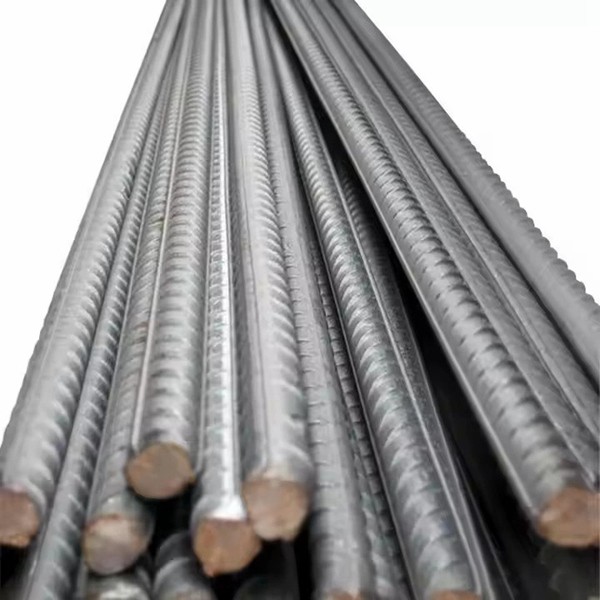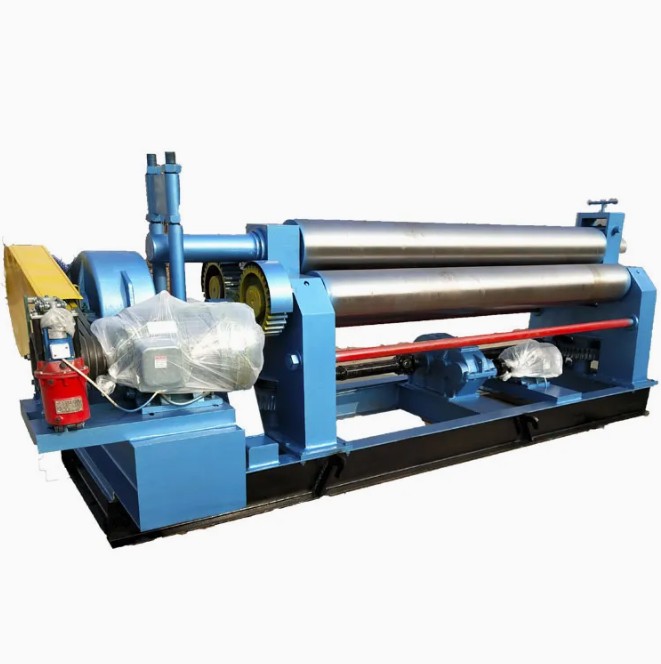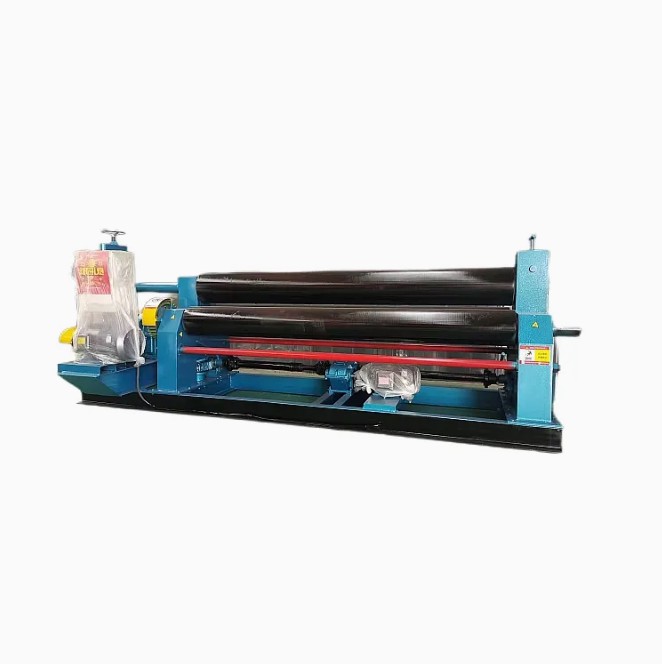China Top Manufacturer Rebar Ss Rod Bar HRB400 Iron Rod Steel 10mm 16m 18m Mild Steel Bar
Product description
The production process of threaded steel mainly includes steps such as steelmaking, rolling, cooling, straightening, cutting, and inspection. Firstly, qualified molten steel is produced through blast furnace smelting, and then it is continuously cast into steel billets through a continuous casting machine. Next, the steel billet is heated to an appropriate temperature in the heating furnace and then sent to the rolling mill for rolling. During the rolling process, the steel is extruded and stretched by the mold to form a threaded shape with longitudinal and transverse ribs. After rolling is completed, the steel needs to undergo subsequent treatments such as cooling, straightening, and cutting, and finally pass quality inspection before leaving the factory.

Screw thread steel is widely used in infrastructure construction such as buildings, bridges, roads, and tunnels. In concrete structures, rebar is mainly used to reinforce and enhance the tensile performance of concrete, improve the bearing capacity and stability of buildings. In addition, in earthquake prone areas, the use of threaded steel can effectively improve the seismic performance of buildings and ensure the safety of people's lives and property.

As an indispensable and important material in modern building structures, steel bars have made tremendous contributions to human construction due to their unique physical properties and wide application fields. Steel reinforcement is an indispensable and important material in building structures. It is mainly used for reinforcement and stiffening in reinforced concrete structures, which can effectively enhance the tensile performance of concrete and improve the bearing capacity of buildings. At the same time, the addition of steel bars can also increase the stability and durability of buildings, ensuring their safety and reliability.

The full name of steel reinforcement is steel used for reinforced concrete, and its cross-section is usually circular or square with rounded corners. There are various types of steel bars, which are classified according to various methods such as chemical composition, production process, rolling shape, supply form, diameter size, and use in structure. Common steel bars include round steel bars, ribbed steel bars, and twisted steel bars, which play different roles in building structures.


Recommended products







